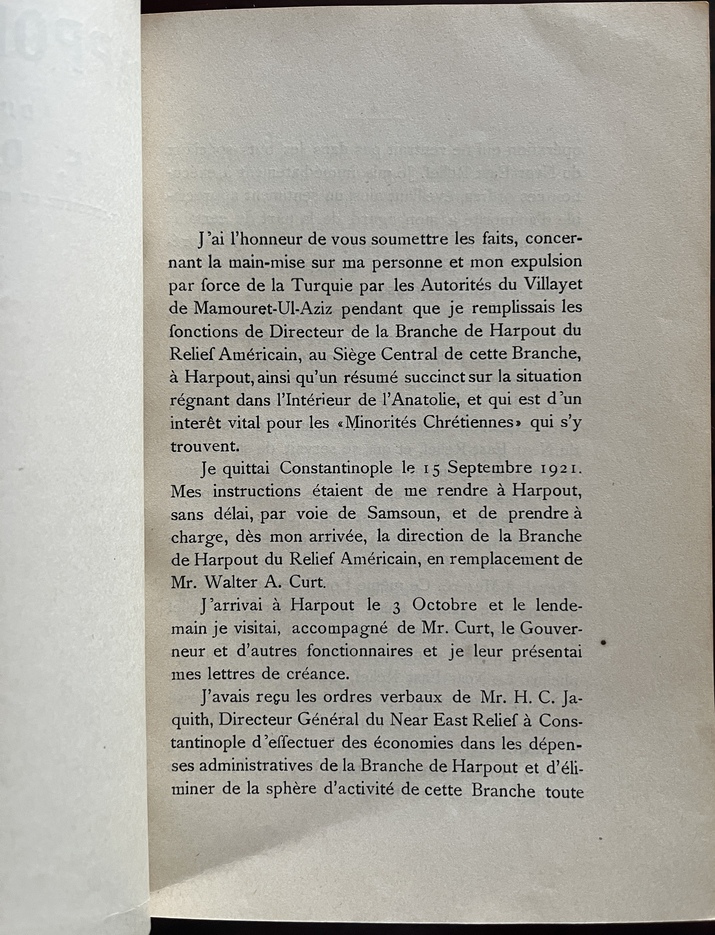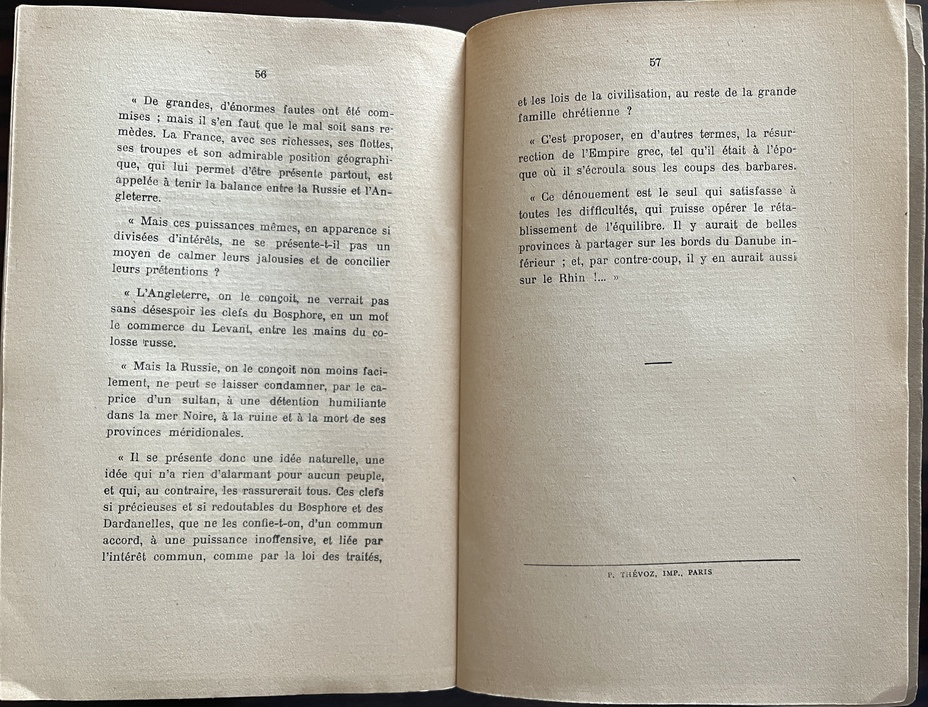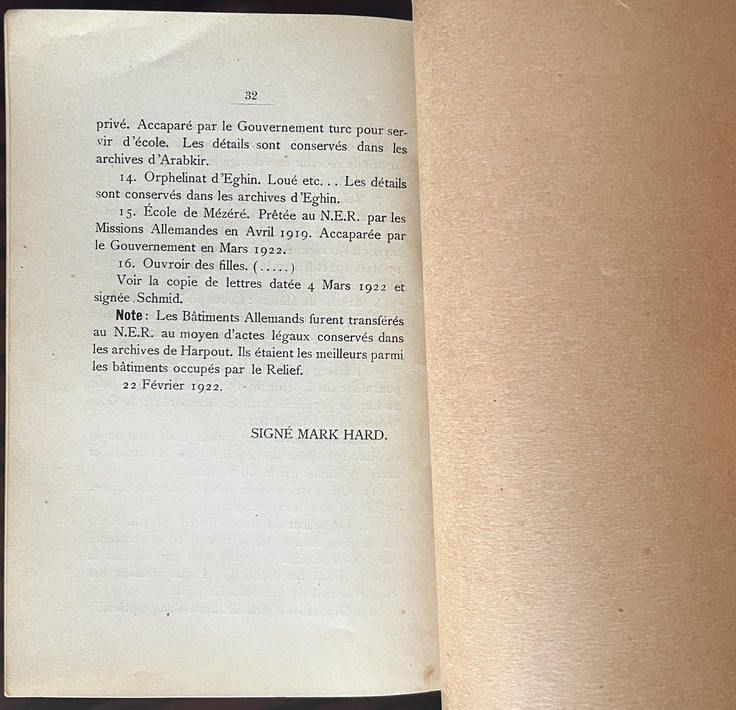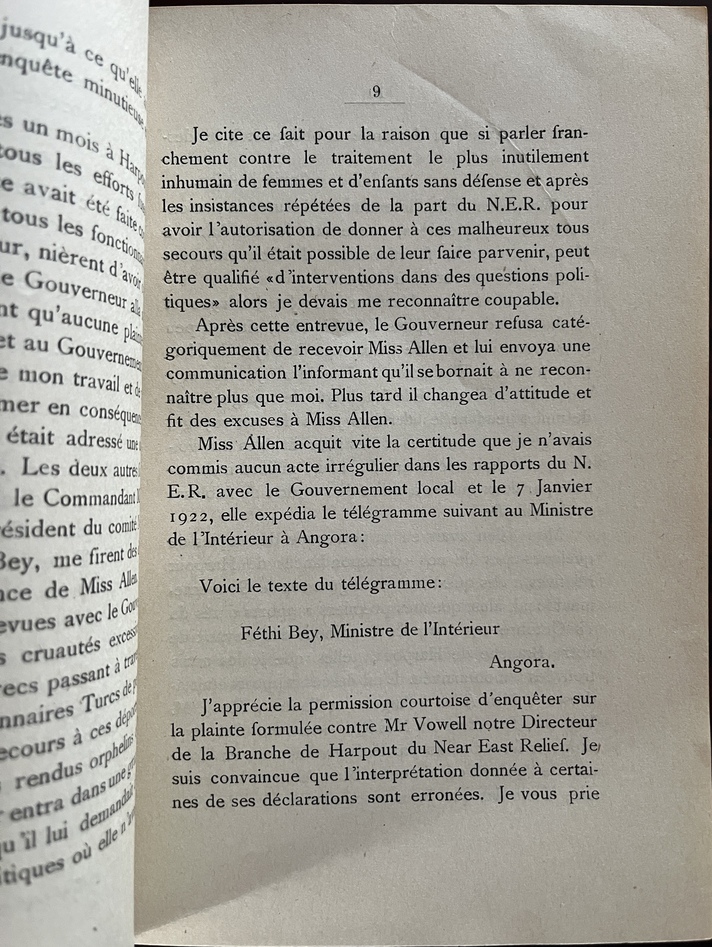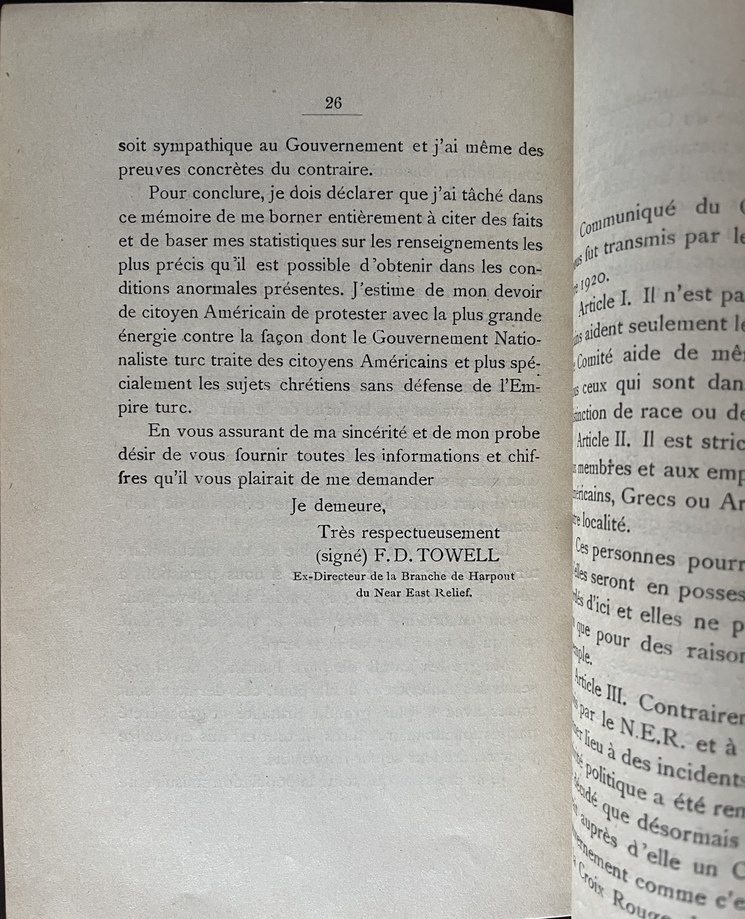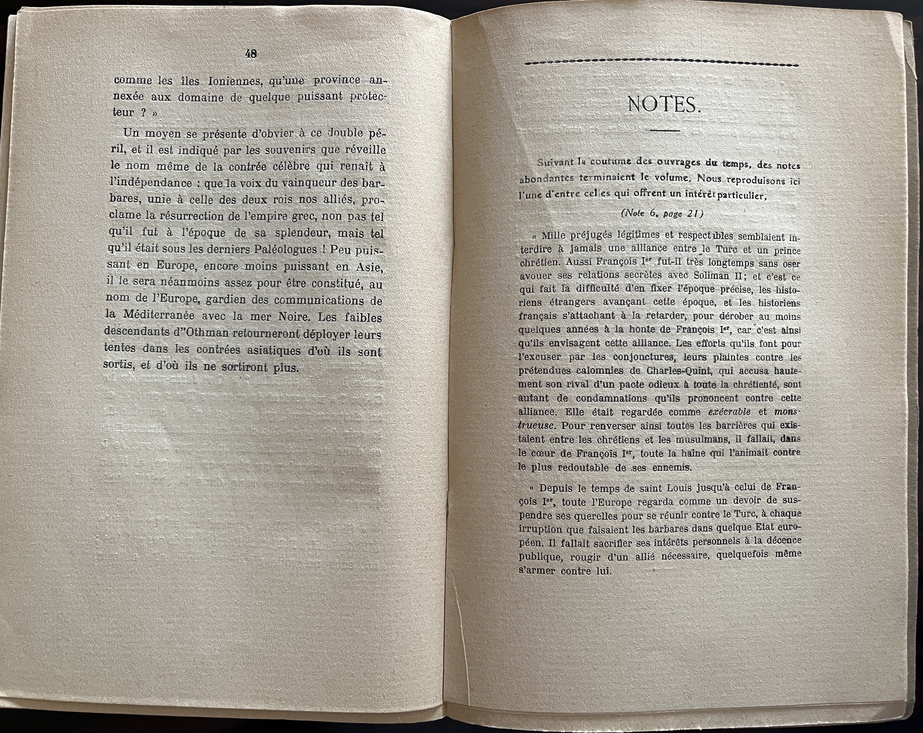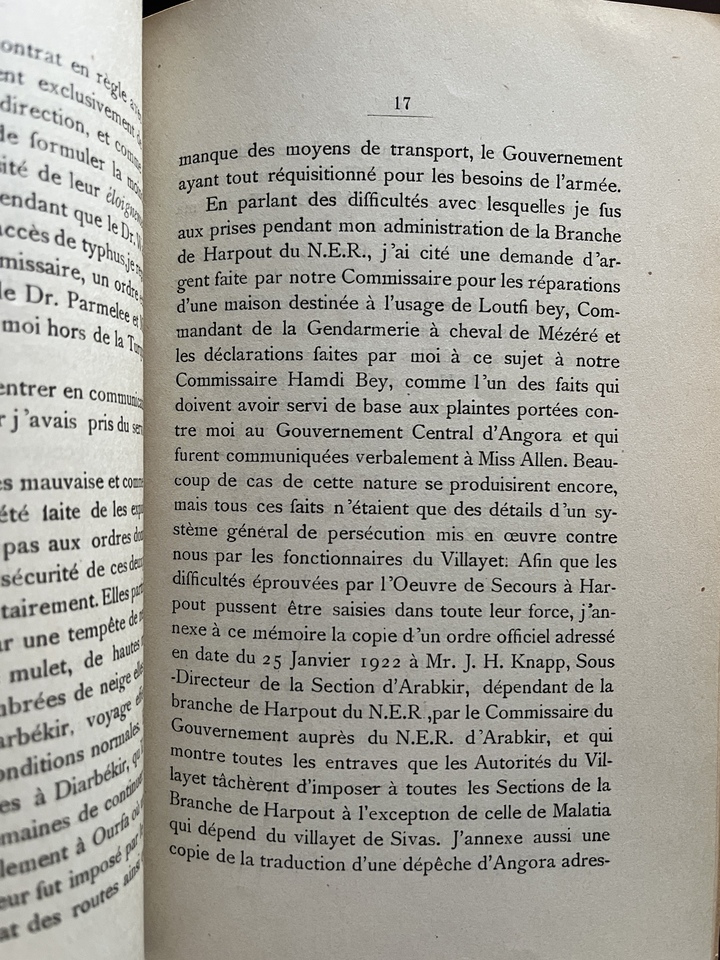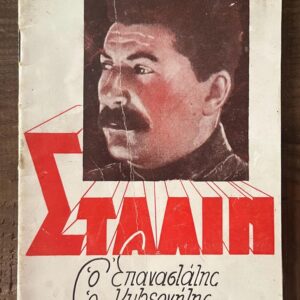RR, 1922, F. D. Yowell, Official Report, Armenian Genocide, Near East Relief, Harpoot
120.00€
Description
Rapport Officiel
du
Capitaine F. D. Yowell
Ex Directeur du Near East Relief Americain a Harpout
Published in 1922
32 Pages
20.5 cm x 14 cm
First Edition
Forrest Delacey Yowell (1882-1970) of Washington D.C was a US Army officer who later worked for the Near East Relief (NER) where he witnessed the persecution of Greeks and Armenians first-hand. After his time in the Army, Yowell worked for the Red Cross in Poland, Russia and Ukraine. Following the war, he volunteered his services to the NER as an expert accountant and general relief worker.2 He departed the US in August 1921 and from October that year was the director of American relief work in Harput, deep in the interior of Turkey. In 1922, Yowell and three other relief workers; Mark Ward, Ruth Parmalee and Isabelle Harley were forcibly expelled from Turkey. Soon after, Yowell and Ward released their eye-witness accounts to the media in Britain, shocking the public with harrowing accounts of the treatment of Christians by the Kemalists. Their decision to go public was in defiance of US policy in Ottoman Turkey since during this final phase of the genocide (1919-1922), news on the treatment of Turkey’s Christians was suppressed by the US High Commissioner in Turkey Admiral Mark Bristol who feared that any adverse publicity would offend the Kemalist Nationalists and thus interfere with future diplomatic and commercial relations with Turkey.
Harpoot (also spelled Harput or Kharput) is a historic city located in eastern Anatolia, in what is today Elazığ Province in modern-day Turkey. It was historically a significant cultural, educational, and administrative center—especially for Armenians, Assyrians, and Greeks—and played a notable role during the late Ottoman Empire. By the 19th century, Harpoot had become a vital center for Christian missionary activity and education. It hosted institutions such as the Euphrates College, established by American missionaries, which offered advanced education and became a hub for intellectual life among Armenians and other Christians. Before World War I, Harpoot had a mixed population, including Armenians, Greeks, Assyrians, Kurds, and Turks. Armenians made up a significant part of the local population and were active in trade, education, and the professions. Harpoot was one of the main sites of atrocities during the Armenian Genocide (1915–1917). Thousands of Armenians were deported, massacred, or died from starvation and abuse. Firsthand accounts from American missionaries and Near East Relief workers, such as Captain F.D. Yowell, document these events extensively. The early 20th century also saw the destruction or expulsion of most of the Greek and Assyrian populations of the region, especially during the Greco-Turkish conflict and the population exchanges.
Additional information
| Languages | French |
|---|


